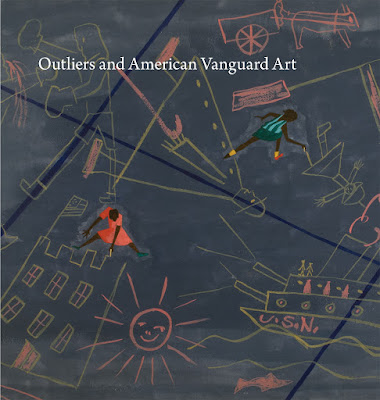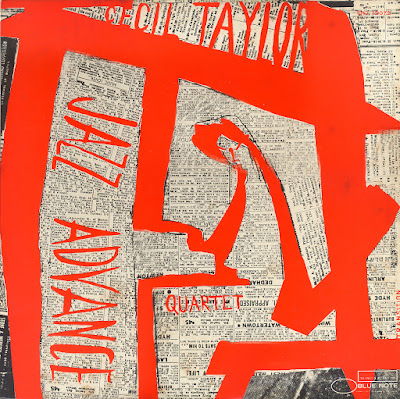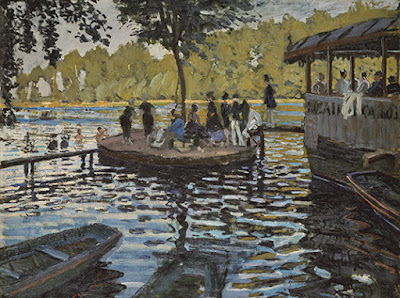
"Anyone interested in American modernism should see 'Outliers and American Vanguard Art' at the National Gallery of Art. Flaws and all, this groundbreaking adventure highlights outstanding, sometimes rarely-seen artworks; revives neglected histories; and reframes the contributions of self-taught artists to this country’s rich visual culture. In recent decades the greatness of these marginalized artists has become increasingly undeniable — whether you call their work folk, primitive, amateur, naïve or, lately, outsider — and demands have gotten louder to include them in a more flexible integrated version of modernism. The show’s predecessors include ambitious surveys like 'Parallel Visions: Modern Artists and Outsider Art' at the Los Angeles County Museum of Art in 1993 and 'The Encyclopedic Palace of the World,' at the 2013 Venice Biennale. But 'Outliers' is different. Limiting its scope to American art, it tries to map the intersections of taught and untaught over the last century, examining not only the place of self-taught art now but how it got here. 'Outliers' represents some five years of meticulous research by Lynne Cooke, senior curator for special projects in modern art at the National Gallery. It is extensive: about 280 artworks by 84 artists — and Ms. Cooke has organized them chronologically, in three sections. ..."
NY Times: A Groundbreaking Show Presents a New, Inclusive Vision of American Art
NGA: American Self-Taught and Avant-Garde Art Explored in Major Traveling Exhibition Organized by the National Gallery of Art, Washington
When Artists Move from the Margins to the Center
amazon

Works from the 1968 to 1992 period include, forefront, John Outterbridge’s “Captive Image #1” from 1971-72. And clockwise from far left: Mr. Outterbridge’s “Captive Image #4” (circa 1974-76); Betye Saar’s “Sambo’s Banjo” (1975); and “Untitled” (1976) from Senga Nengudi.
















































